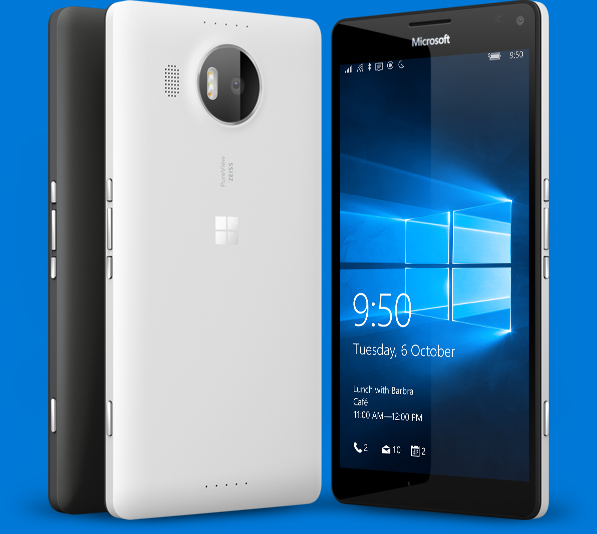Find My Phone
It's nerve-wracking when you can't find your device. Whether it's truly lost, or just stuck between the sofa cushions, Find My Phone can help lay your worry to rest. This free service on account.microsoft.com/devices can ring, lock, erase, or show your Windows Phone on a map.
To sign in to Find My Phone for the first time
The first time you use Find My Phone, make sure you've already signed in on your phone using your Microsoft account.
- Go to account.microsoft.com/devices. If you're prompted to sign in, use the same Microsoft account you used to sign in on your phone.
- Choose the phone you want to find, and then click Find My Phone.
To find your phone
- Go to account.microsoft.com/devices. If you're prompted to sign in, use the same Microsoft account you used to sign in on your phone.
- Choose the phone you want to find, and then click Find My Phone.
- You'll see a map with your phone's location. You can zoom in or out to get a better view.
Tips
- Not seeing the latest location? Click Refresh.
- To find your phone more easily, go to the App list, and tap Settings > Updates & security > Find my phone. Select the checkbox Save my device’s location periodically so it’s easier to find.
To ring or lock your phone
- Go to account.microsoft.com/devices. If you're prompted to sign in, use the same Microsoft account you used to sign in on your phone.
- Choose the phone you want to ring or lock, and then click Find My Phone.
- Do one of the following:
- To make your phone ring, click Ring and then follow the instructions. It will ring even if the volume is off or set to vibrate.
- To lock your phone and show a message on the lock screen, click Lock, and then follow the instructions. If you don't already have a password set up on your phone, you'll need to enter one—you'll use it to unlock the phone if you get it back.
To erase your phone
If you're certain you can't get your phone back, or if you have sensitive information on it that you want to protect until you recover it, you can erase your phone remotely.
- Go to account.microsoft.com/devices. If you're prompted to sign in, use the same Microsoft account you used to sign in on your phone.
- Choose the phone you want to erase, and then click Find my phone.
- Click Erase.
- If you're absolutely, positively sure, select the I'm ready to erase my phone check box, and then click Erase.
Note
- It's a good idea to let your mobile operator know that you've lost your phone. If you have credit cards on your lost phone, contact your bank to report them as lost.
To change settings for Find My Phone
Set up Find My Phone to save your location every few hours so it's easier to locate your phone. You'll change these settings on your phone, not on your computer.
- In the App list, tap Settings > Updates & security > Find my phone.
- Select the following check box:Save my phone's location periodically and before the battery runs out to make it easier to find. Find My Phone can save your phone's location details every few hours so that if your phone is out of range or the battery dies, your phone's last known location will still be on a map.
Reset Protection
Some newer Windows Phones can use Reset Protection, a free service on account.microsoft.com that provides an extra layer of protection so that if your phone ends up in the wrong hands, it can't be easily reset or reused. See Protect my phone to learn more.
Find My Device
Like Find My Phone, use Find My Device to find your device on a map. This free service on account.microsoft.com/devicesperiodically gets your device’s location so you can see it on a map.
To change settings for Find My Device
Set up Find My Device to save your location every few hours so it’s easier to locate your device. To change these settings, make sure you've already turned on the master location setting on your device and signed in on your device using your Microsoft account.
- Sign in to your device as an administrator.
- On your device, go to Start, then select Settings > Update and Security > Find My Device.
- Turn the Find My Device setting on.
To find your device
- Go to account.microsoft.com/devices. If you're prompted to sign in, use the same Microsoft account you used to sign in on your device.
- Choose the device you want to find, and then click Find My Device.
- You'll see a map with your device's location.
